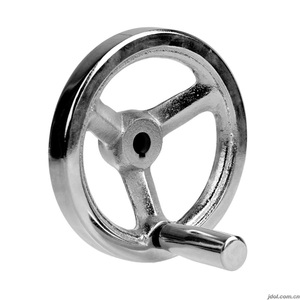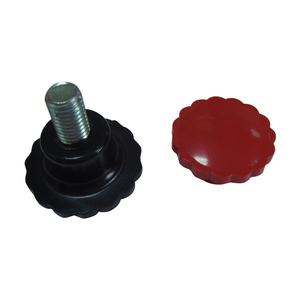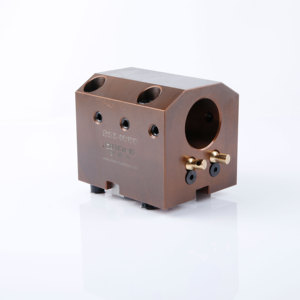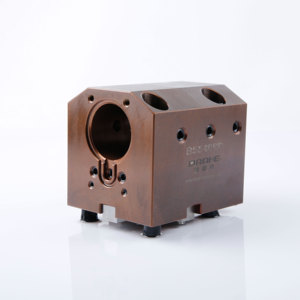Popular in your industry






































































Related Searches:









































































































































Top categories
About clamping turning tools
Introduction to Clamping Turning Tools
Clamping turning tools are essential components in machining operations, designed for a multitude of tasks including shaping, cutting, and finishing metal or wood pieces. These tools are integral to lathes, machines that rotate the workpiece on its axis to perform various operations such as cutting, sanding, knurling, drilling, or deformation, with clamping turning tools being the point of contact that executes the desired action on the material.
Types and Applications
The variety of clamping turning tools available caters to diverse machining needs. From external turning tools to internal machining and threading, each type is crafted to fulfill specific functions. The applications of these tools are vast, ranging from creating intricate designs on wood to shaping robust metal components. The adaptability of these tools makes them suitable for both intricate artistic endeavors and the precision required in industrial manufacturing.
Features and Materials
The construction of clamping turning tools involves materials that can withstand high temperatures and maintain hardness, a critical feature for high-speed cutting operations. Typically made from high-speed steel, carbide, or other durable alloys, these tools are engineered to maintain sharpness and resist wear. The geometry of the cutting edge, the material of the tool, and the clamping mechanism are all meticulously designed to enhance performance and longevity.
Advantages of Precision Tools
Precision is paramount in machining, and clamping turning tools are at the forefront of achieving exact cuts and shapes. The symmetrical objects produced with these tools are a testament to their precision. Furthermore, the ease of adjustability in these tools allows for swift changes in operation, from altering depths to switching profiles, enhancing efficiency in the workflow.
Selection Considerations
When selecting clamping turning tools, it is crucial to consider the specific requirements of the task at hand. Factors such as the material of the workpiece, the complexity of the operation, and the desired finish all play a role in determining the most suitable tool. The versatility of these tools is reflected in their ability to perform a range of operations, making them a valuable addition to any machining setup.
Conclusion
In conclusion, clamping turning tools are indispensable for anyone involved in turning operations. Their robust design, material composition, and precision capabilities make them a cornerstone in the machining industry. While exploring the extensive catalog available, machinists can find the tools that best fit their operational needs and enhance their machining processes.














































